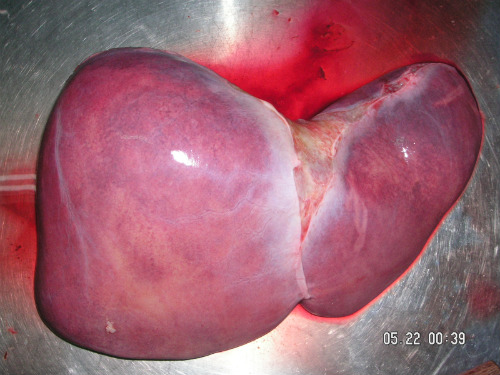Click here for the next report.
San Francisco—The rise in obesity and associated liver steatosis has dramatically reduced the pool of viable live liver donor candidates, but a quick weight-loss diet may enable many currently disqualified individuals to meet donor standards.
A Doyle and colleagues identified potential liver donors with a body mass index (BMI) >30 or evidence of significant steatosis on liver biopsy who were put on a 6- to 8-week course of Optifast to reduce body weight and fatty liver. The mean BMI for the 47 participants in the Optifast arm was 35 compared to 25.9 for 400 non-Optifast potential donors. Among potential donors, 6 showed evidence from biopsy that indicated 10% to 30% macrovesicular steatosis before the diet began.
Following use of the very-low calorie diet, the average BMI of the individuals in the Optifast arm dropped to 31.2; 22 went on to qualify for live donor hepatectomy and continued to surgery. Persistent obesity disqualified none of the potential donors at the conclusion of the intervention.
Dr. Doyle presented these findings in poster 11 at the 2015 annual meeting of the AASLD held here recently. You can find the entire abstract here.

In post-diet biopsies of 25 patients, none had more than 10% macrovesicular steatosis and 68% had no detectable steatosis. Researchers identified no significant differences in outcomes for donors and recipients between those that participated in the Optifast intervention and those that did not.
